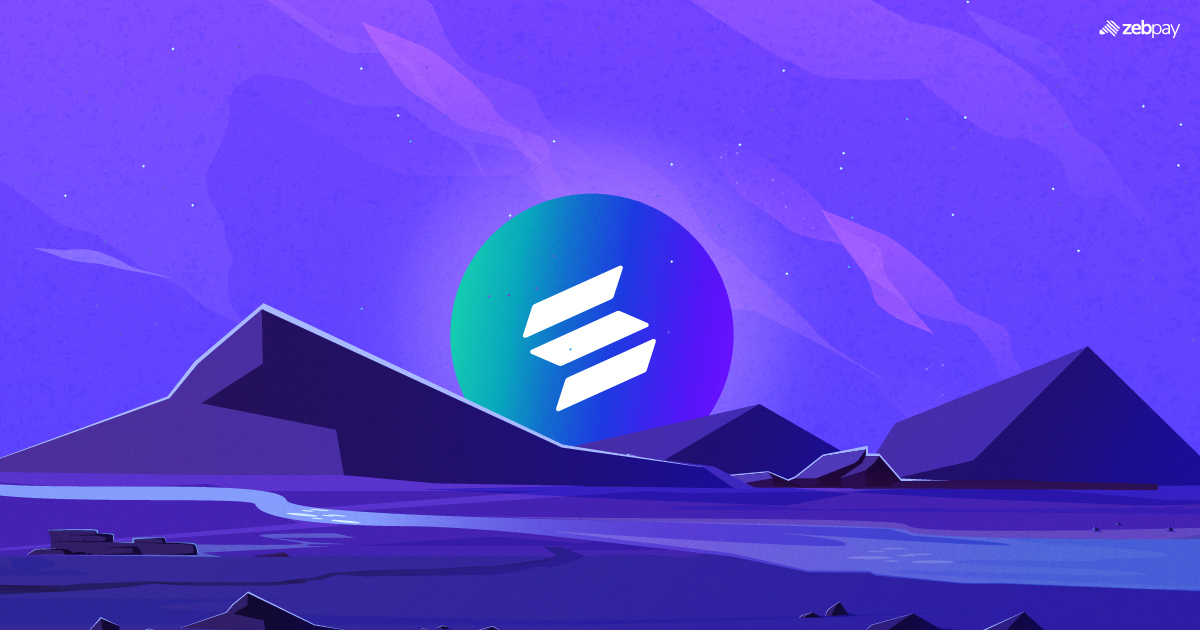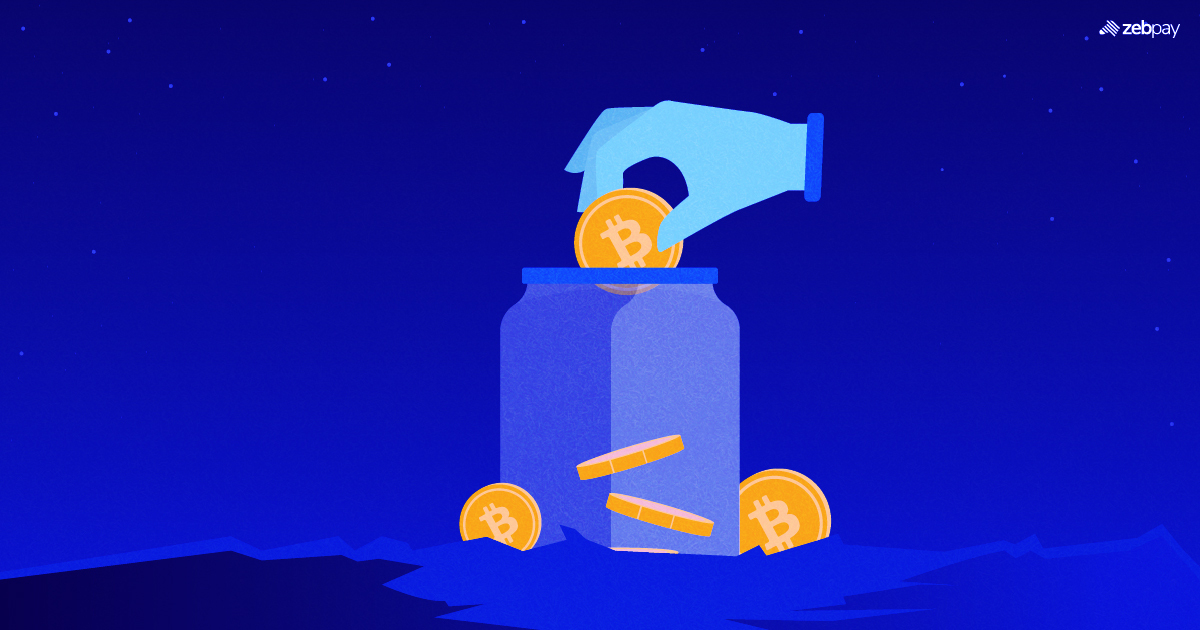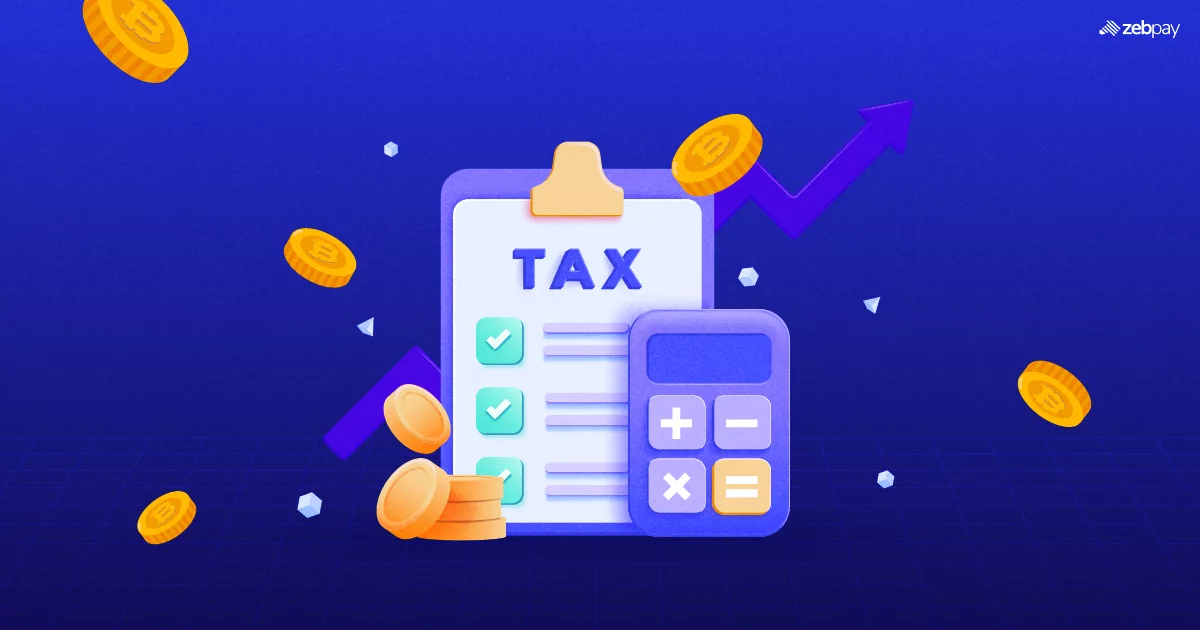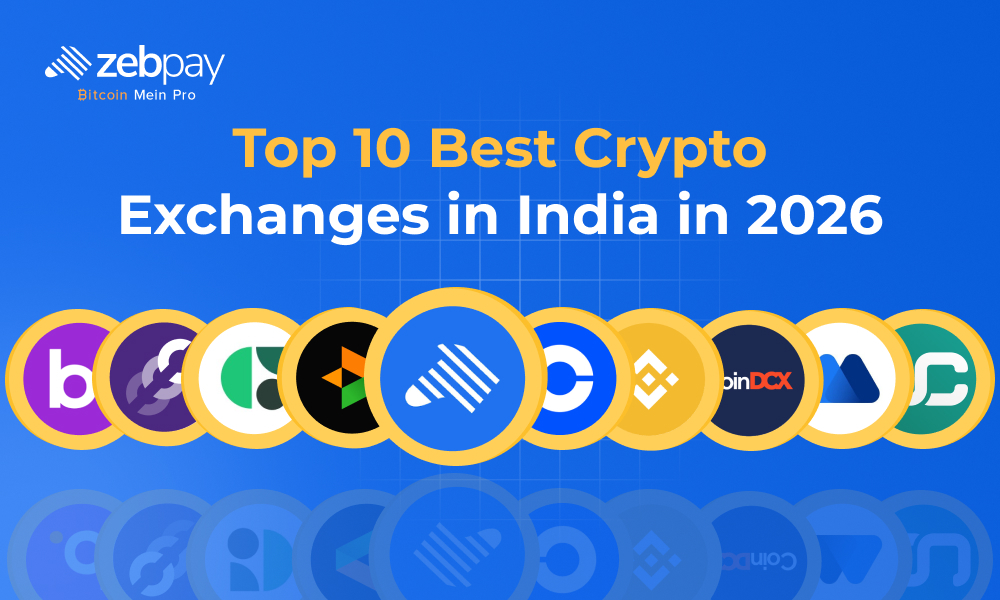In recent years, Ethereum has established itself as a leader in the crypto ecosystem, powering everything from smart contracts to decentralized applications. Its ability to support a wide range of innovative technologies has made it a go-to platform for developers. However, scalability remains a significant challenge. This limitation has prompted the rise of numerous alternative blockchains aimed at rivaling Ethereum. Among them, Solana has emerged as the most successful, earning the reputation of being the “Ethereum killer.”
What Is Solana (SOL)?
Solana is a blockchain platform built with a strong focus on speed and scalability. It enables developers to create decentralized applications and smart contracts, much like Ethereum. However, Solana goes beyond by ensuring that its blockchain remains both fast and affordable for all users. Today, it ranks as one of the most popular blockchains in the world, with a price worth $195.75 and a market capitalization of $95.53 billion, at the time of writing.
The platform’s native token, SOL, is essential for executing smart contracts, processing transactions, and contributing to the security of the network. It serves as the foundation of the entire Solana ecosystem.
What Makes Solana Unique?
Anatoly Yakovenko created Solana in 2020 to solve the shortcomings of blockchains that came before it. While older blockchains could host many decentralised applications, their lack of scalability was holding them back. To overcome this, Solana uses a unique consensus mechanism known as Proof-of-History.
Solana’s usage of proof-of-history is the key to bringing blockchains to a larger audience. It enables the platform to process transactions thousands of times faster than older solutions like Bitcoin and Ethereum.
Read more: Top 10 Solana Projects of 2025
How Does Solana Work?
Solana uses a hybrid consensus system, applying both Proof-of-Stake and Proof-of-History. This unique process is what allows Solana to solve both scalability and security.
Blocks are collections of transactions on a blockchain. But they cannot be added automatically, since it is important to verify if the transactions are legitimate. Proof-of-Stake is a consensus mechanism used to validate these blocks.
Users who “stake” or lock in their tokens can be chosen as validators. They can then confirm if the blocks are genuine and add them to the chain. To compensate for this service, validators receive the platform’s crypto token as a block reward.
Proof-of-History helps in standardising time across the blockchain. Nodes then do not need to communicate with each other and confirm when transactions occurred. This reduces the time it takes for nodes to function and makes the system super fast.
How To Stake Solana?

If you wish to stake Solana, the first step is to acquire the token. This can be done from any centralised or decentralised crypto exchange. After this, you must create a Solana-compatible wallet to hold your tokens.
Read more: What is Crypto Staking
After this, the process is simple. Click on the stake button, pick a validator of your choice and confirm the number of tokens to stake.
Read more: Solana’s Liquid Staking
How Does Solana Staking Work?
You can be involved with staking in two ways. First, you can run a Solana node. However, this can be very capital-intensive as you need to purchase expensive hardware. Most users instead choose to “delegate” their stake.
Delegating means you stake your tokens with a particular node, increasing its power in the validation process. You can then share in the node’s block rewards without running any powerful computers.
What Is Solana’s Proof-of-History?
As previously mentioned, Solana uses a unique consensus mechanism called proof-of-history. This system establishes a unified time standard across the blockchain. Unlike older blockchains, every transaction is assigned a timestamp, ensuring they are finalized in the exact order they are received.
The timestamp also helps streamline the validation process by eliminating the need for extensive communication between nodes. Since nodes don’t have to exchange information to validate the timing, transactions are confirmed significantly faster compared to other blockchains. This efficiency allows Solana to handle nearly 50,000 transactions per second.
What Is the Purpose of Solana?
Solana aims to provide a superior platform for dApps, surpassing Ethereum and its competitors. Its focus is on delivering faster transactions and more affordable fees. Solana achieves this by offering higher transaction speeds and lower costs compared to its key competitors, such as Cardano.
In addition, Solana’s dual consensus mechanism ensures the security of all applications running on the network. By addressing two of the three challenges in the “Blockchain Trilemma” introduced by Vitalik Buterin, it strengthens its position in the blockchain space.
Read more: Top 10 Solana Ecosystem Tokens to invest in 2025
Benefits of Solana
Speed
Solana is one of the fastest blockchains today. It can reach speeds of 50,000 transactions per second. This is thousands of times faster than Bitcoin and Ethereum, which can only reach 7 and 20 respectively.
Cost
Transactions on Ethereum are notoriously expensive. Sometimes, the fees can even exceed the value of the transaction. By contrast, Solana has gas fees of just $0.00025, several times lower than its main competitors.
Single, Unified Network
Solana does not require any layer-2 scaling solutions to reach its blistering fast speeds. It also does not use technologies like sharding, which can fragment the blockchain and lead to security concerns.
You can buy Solana on ZebPay. Read more about the latest happenings in the crypto market on ZebPay blogs!
FAQs on What is Solana
Can I Earn Passive Income From Solana?
Yes, you can stake your holdings of SOL tokens to earn a passive income. This is done thanks to its delegated proof-of-stake consensus protocol.
Can I Mine Solana?
How to mine Solana? Unlike Bitcoin, Solana does not use proof-of-work. This means you cannot mine SOL using your laptop or desktop. Instead, you can stake SOL tokens through your crypto wallet.
What are the Downsides of Solana?
The main downside of Solana is a lack of decentralisation. Bitcoin has around 10,000 nodes running. Meanwhile, Solana has just 1,800 nodes, many of which are owned by the same entities. This leads to the network being more centralised than other options.
Is Solana Decentralised?
As mentioned above, Solana does not have a lot of independent nodes. This leads to a more centralised network than Bitcoin or Ethereum.





